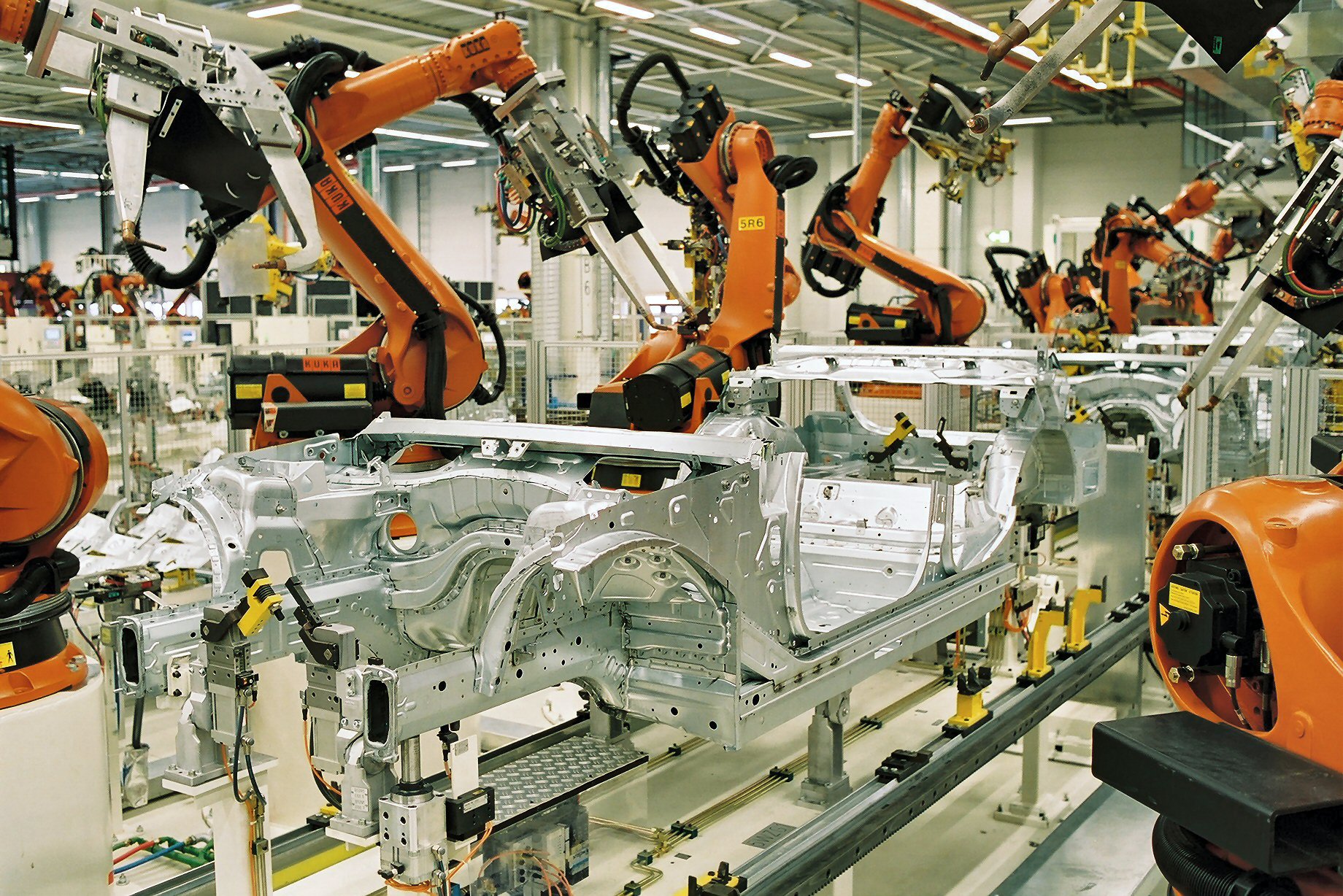The remarkable journey from instant answers to deep reasoning in artificial intelligence
The Lightning-Fast Beginning
Picture this: It’s 2019, and you ask an AI model a simple math question. “What’s 7 × 12?” The response comes back instantly: “84.” Clean, correct, but utterly opaque.” How did it arrive at that answer? The model itself couldn’t tell you—it simply processed your input in one swift pass through its neural networks and delivered a result.
This was the reality of early generative AI models. The groundbreaking GPT-2 (Radford et al., 2019) and its successor GPT-3 (Brown et al., 2020) were computational marvels, but they operated like lightning-fast calculators. Input went in, output came out, and the journey between remained a mystery even to the models themselves.
Yet within this simplicity lay the seeds of a revolution that would fundamentally change how AI approaches problems.
The Eureka Moment: How Chain-of-Thought Unlocked AI Reasoning
The transformation began with a deceptively simple idea: what if we asked AI models to explain their reasoning? In January 2022, a team of researchers at Google made a discovery that would fundamentally alter the trajectory of artificial intelligence. It wasn’t a new neural architecture or a breakthrough in computational power—it was something far simpler yet more profound. They discovered that by asking AI models to “think step by step,” they could unlock reasoning capabilities that seemed to emerge from nowhere.
Wei and colleagues introduced “Chain-of-Thought Prompting” (Wei et al., 2022), demonstrating that the same GPT-3 model that gave instant answers could also provide step-by-step reasoning—if you simply asked it to. Meanwhile, Kojima et al. (2022) showed that adding the magic phrase “Let’s think step by step” could unlock reasoning capabilities that seemed to emerge from nowhere.
Suddenly, that same math problem looked different:
Before: “7 × 12 = 84”
After: “Let me break, this down step by step. 7 × 12 can be calculated as 7 × 10 + 7 × 2. That’s 70 + 14, which equals 84.”
This discovery didn’t just improve AI performance—it revealed that sophisticated reasoning had been hiding within these systems all along, waiting for the right key to unlock it. More importantly, it became the foundation upon which all subsequent reasoning patterns would be built. The models hadn’t changed—but our understanding of how to communicate with them had been revolutionized.
The Evolution: From Prompting to Architecture
Phase 1: The Prompting Discovery (2022)
Initially, Chain-of-Thought was purely a prompting technique—a way to interact with existing models to elicit better reasoning. Researchers discovered that by providing examples of step-by-step reasoning or using trigger phrases like “Let’s think step by step,” they could dramatically improve model performance on reasoning tasks.
Phase 2: Process Supervision (2023-2024)
The next breakthrough came with OpenAI’s research on process supervision, documented in their paper “Let’s Verify Step by Step.” Instead of just prompting models to reason, researchers began training models on reasoning traces—datasets of step-by-step solutions where each step was labeled as correct or incorrect.
This represented a fundamental shift: Chain-of-Thought was no longer just a way to use models—it was becoming part of how models were trained.
Phase 3: Integrated Reasoning Architecture (2024-2025)
The culmination of this evolution is seen in models like OpenAI’s o1, where Chain-of-Thought reasoning is integrated directly into the model’s architecture through reinforcement learning. These models are trained to generate internal reasoning chains before producing their final responses.
As researchers noted, “Our large-scale reinforcement learning algorithm teaches the model how to think productively using its chain of thought in a highly data-efficient training process”.
The Technical Implementation
Training with Reasoning Traces
Modern reasoning models like DeepSeek-R1 demonstrate how Chain-of-Thought has evolved from prompting to training methodology. These models are trained on datasets of reasoning chains, learning not just what to think, but how to think.
The training process involves:
- Data Collection: Gathering high-quality reasoning traces from human experts or advanced models
- Process Supervision: Training models to evaluate the correctness of individual reasoning steps
- Reinforcement Learning: Using process supervision signals to improve reasoning quality through trial and error
- Integration: Combining reasoning capabilities with general language understanding
The Test-Time Compute Revolution
Chain-of-Thought has also enabled what researchers call “test-time compute scaling”—the ability to improve model performance by allowing more computational time during inference rather than just increasing model size.
This means models can now “think harder” about difficult problems by:
- Generating longer reasoning chains
- Exploring multiple solution paths
- Self-correcting their reasoning
- Allocating computational resources based on problem complexity
The Interpretability Revolution
Perhaps most importantly, Chain-of-Thought has made AI reasoning interpretable. When models show their work step-by-step, humans can:
- Verify the logic of AI decisions
- Identify where reasoning breaks down
- Learn from AI problem-solving approaches
- Build trust in AI systems through transparency
The Reasoning Patterns Revolution
Chain-of-Thought breakthrough opened floodgates of innovation. Researchers began mapping out the landscape of AI reasoning patterns, with White et al. (2023) cataloging the various prompting strategies that could enhance model performance. These weren’t just academic exercises—they revealed fundamental principles about how artificial minds could be guided toward better thinking.
Other reasoning patterns that successfully made the transition from prompting techniques to reasoning architectures are:
The Alternative Approaches Pattern encouraged models to generate multiple solution paths. Instead of settling on the first answer, AI systems learned to explore different routes to the same destination, often discovering more elegant or accurate solutions along the way. This pattern directly influenced the development of Tree-of-Thought (ToT) reasoning (Yao et al., 2023), where models maintain multiple reasoning branches simultaneously, and Forest-of-Thought (FoT) methods that explore even more diverse solution spaces.
The Question Refinement Pattern taught models to interrogate the problems they were given. Before diving into solutions, they learned to ask: “Is this question clear? Are there ambiguities I should address? What additional context might be helpful?”. This pattern is rooted in the Socratic method and has been formalized in AI research through techniques like Self-Ask prompting (Press et al., 2022), where models generate and answer their own clarifying questions.
The Cognitive Verifier Pattern introduced the concept of problem decomposition. Complex challenges were broken down into manageable components, each addressed systematically before being reassembled into a comprehensive solution. This pattern has been formalized in AI research through techniques like Least-to-Most prompting (Zhou et al., 2022), which explicitly breaks complex problems into sub-problems, and has influenced the development of ReAct (Reasoning + Acting) frameworks (Yao et al., 2022) that systematically alternate between reasoning and action steps.
The Recipe Pattern transformed abstract goals into concrete, sequential steps. This became the foundation for what we now recognize as agent-based AI systems. This systematic approach has been formalized in AI research through planning algorithms like Hierarchical Task Networks (Nau et al., 2003) and has directly influenced modern agent frameworks such as LangChain and AutoGPT, which break down complex goals into executable sub-tasks.
The Age of Agentic Intelligence
Today, we stand at the threshold of something unprecedented: AI systems that don’t just respond to our questions but engage in genuine problem-solving processes that mirror—and sometimes exceed—human reasoning capabilities.
Modern agentic AI systems represent a quantum leap in computational thinking. Unlike their predecessors that processed inputs in milliseconds, these systems deliberately slow down, taking time to:
- Explore multiple solution pathways before committing to an approach
- Engage in self-reflection, questioning their own reasoning and catching potential errors
- Dynamically allocate computational resources, spending more time and energy on complex problems while handling simple queries efficiently
- Adapt their reasoning depth based on the stakes and complexity of each task
The Transformation Continues
The journey from instant responses to deep reasoning reveals something profound about intelligence itself. The same neural architectures that could only provide quick answers have been transformed into systems capable of genuine problem-solving through changes in how we interact with them and how they’re trained to think.
This evolution continues today. Each advancement in reasoning capabilities builds upon the foundation laid by those early prompting discoveries. The “alternative approaches” pattern evolved into sophisticated planning algorithms. Question refinement became integral to modern reflection processes. Problem decomposition became the backbone of complex reasoning systems.
Looking Forward
As we stand in 2025, the implications of this transformation extend far beyond technical achievements. We’re witnessing the emergence of AI systems that can engage in the kind of thoughtful, deliberative reasoning that tackles humanity’s most complex challenges. From scientific research to policy development, from creative problem-solving to ethical reasoning, these systems are becoming genuine thinking partners rather than mere computational tools.
The story of AI reasoning evolution teaches us that intelligence—artificial or otherwise—isn’t just about having the right answers. It’s about having the wisdom to know when to think fast and when to think slow, when to trust your first instinct and when to explore alternatives, when to commit to a solution and when to step back and reconsider.
In just six years, we’ve watched artificial intelligence learn one of the most fundamentally human skills: the art of thinking before speaking. And this is just the beginning.
References
- Brown, T., Mann, B., Ryder, N., Subbiah, M., Kaplan, J. D., Dhariwal, P., … & Amodei, D. (2020). Language models are few-shot learners. Advances in neural information processing systems, 33, 1877-1901.
- Kojima, T., Gu, S. S., Reid, M., Matsuo, Y., & Iwasawa, Y. (2022). Large language models are zero-shot reasoners. Advances in neural information processing systems, 35, 22199-22213.
- Radford, A., Wu, J., Child, R., Luan, D., Amodei, D., Sutskever, I., & others. (2019). Language models are unsupervised multitask learners. OpenAI blog, 1(8), 9.
- Wei, J., Wang, X., Schuurmans, D., Bosma, M., Xia, F., Chi, E., … & Zhou, D. (2022). Chain-of-thought prompting elicits reasoning in large language models. Advances in Neural Information Processing Systems, 35, 24824-24837.
- White, J., Fu, Q., Hays, S., Sandborn, M., Olea, C., Gilbert, H., … & Schmidt, D. C. (2023). A prompt pattern catalog to enhance prompt engineering with chatgpt. arXiv preprint arXiv:2302.11382.
- Lightman, H., Kosaraju, V., Burda, Y., Edwards, H., Baker, B., Lee, T., … & Schulman, J. (2023). Let’s verify step by step. arXiv preprint arXiv:2305.20050.
- Yao, S., Yu, D., Zhao, J., Shafran, I., Griffiths, T. L., Cao, Y., & Narasimhan, K. (2023). Tree of thoughts: Deliberate problem solving with large language models. arXiv preprint arXiv:2305.10601.
- Press, O., Zhang, M., Min, S., Schmidt, L., Smith, N. A., & Lewis, M. (2022). Measuring and narrowing the compositionality gap in language models. arXiv preprint arXiv:2210.03350.
- Zhou, D., Schärli, N., Hou, L., Wei, J., Scales, N., Wang, X., … & Chi, E. (2022). Least-to-most prompting enables complex reasoning in large language models. arXiv preprint arXiv:2205.10625.
- Yao, S., Zhao, J., Yu, D., Du, N., Shafran, I., Narasimhan, K., & Cao, Y. (2022). ReAct: Synergizing reasoning and acting in language models. arXiv preprint arXiv:2210.03629.
- Nau, D., Au, T. C., Ilghami, O., Kuter, U., Murdock, J. W., Wu, D., & Yaman, F. (2003). SHOP2: An HTN planning system. Journal of artificial intelligence research, 20, 379-404.








